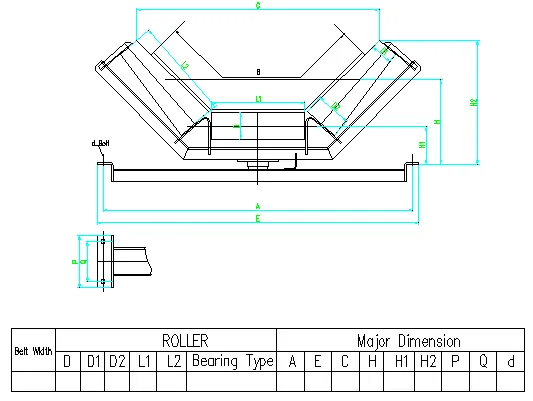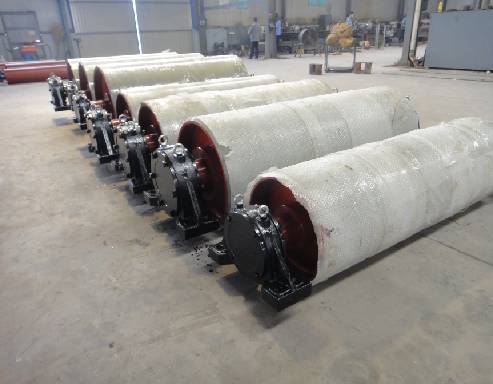 Afrikaans
Afrikaans  Albanian
Albanian  Amharic
Amharic  Arabic
Arabic  Armenian
Armenian  Azerbaijani
Azerbaijani  Basque
Basque  Belarusian
Belarusian  Bengali
Bengali  Bosnian
Bosnian  Bulgarian
Bulgarian  Catalan
Catalan  Cebuano
Cebuano  Corsican
Corsican  Croatian
Croatian  Czech
Czech  Danish
Danish  Dutch
Dutch  English
English  Esperanto
Esperanto  Estonian
Estonian  Finnish
Finnish  French
French  Frisian
Frisian  Galician
Galician  Georgian
Georgian  German
German  Greek
Greek  Gujarati
Gujarati  Haitian Creole
Haitian Creole  hausa
hausa  hawaiian
hawaiian  Hebrew
Hebrew  Hindi
Hindi  Miao
Miao  Hungarian
Hungarian  Icelandic
Icelandic  igbo
igbo  Indonesian
Indonesian  irish
irish  Italian
Italian  Japanese
Japanese  Javanese
Javanese  Kannada
Kannada  kazakh
kazakh  Khmer
Khmer  Rwandese
Rwandese  Korean
Korean  Kurdish
Kurdish  Kyrgyz
Kyrgyz  Lao
Lao  Latin
Latin  Latvian
Latvian  Lithuanian
Lithuanian  Luxembourgish
Luxembourgish  Macedonian
Macedonian  Malgashi
Malgashi  Malay
Malay  Malayalam
Malayalam  Maltese
Maltese  Maori
Maori  Marathi
Marathi  Mongolian
Mongolian  Myanmar
Myanmar  Nepali
Nepali  Norwegian
Norwegian  Norwegian
Norwegian  Occitan
Occitan  Pashto
Pashto  Persian
Persian  Polish
Polish  Portuguese
Portuguese  Punjabi
Punjabi  Romanian
Romanian  Russian
Russian  Samoan
Samoan  Scottish Gaelic
Scottish Gaelic  Serbian
Serbian  Sesotho
Sesotho  Shona
Shona  Sindhi
Sindhi  Sinhala
Sinhala  Slovak
Slovak  Slovenian
Slovenian  Somali
Somali  Spanish
Spanish  Sundanese
Sundanese  Swahili
Swahili  Swedish
Swedish  Tagalog
Tagalog  Tajik
Tajik  Tamil
Tamil  Tatar
Tatar  Telugu
Telugu  Thai
Thai  Turkish
Turkish  Turkmen
Turkmen  Ukrainian
Ukrainian  Urdu
Urdu  Uighur
Uighur  Uzbek
Uzbek  Vietnamese
Vietnamese  Welsh
Welsh  Bantu
Bantu  Yiddish
Yiddish  Yoruba
Yoruba  Zulu
Zulu កុម្ភៈ . 20, 2025 10:15
Back to list
Polyurethane Pulley(Polyurethane Lagging Pulley)
The drum pulley plays a pivotal role in various industrial applications, particularly within conveyor systems and material handling equipment. This indispensable component facilitates the movement and redirection of conveyor belts, ensuring smooth and efficient operations. With years of experience in the industry, I've seen firsthand the transformative power of well-designed drum pulleys in enhancing system productivity and minimizing operational downtimes.
The authority of a drum pulley within an industrial operation is further underscored by its role in maintaining belt alignment. A misaligned belt can lead to significant operational inefficiencies and pose safety risks. Incorporating features like crowned pulleys and adjustable tensioning mechanisms can considerably improve alignment, ensuring that your operation runs smoothly without unnecessary interruptions. Trustworthiness in drum pulleys also depends on their compliance with industry standards and quality certifications. These standards are indicative of the pulley’s quality and its ability to perform reliably under strenuous conditions. For instance, adherence to ISO 9001 certification showcases a commitment to quality management practices. Engaging with manufacturers who uphold these standards is crucial in establishing and maintaining a trust-based relationship. In my professional journey, I have seen companies transform their operational efficiencies by investing in top-tier drum pulleys. Not only do these components enhance system performance, but they also provide a substantial return on investment through reduced maintenance costs and prolonged equipment lifespan. Whether in mining, manufacturing, or logistics, the strategic implementation of high-quality drum pulleys is often a game-changer. In conclusion, drum pulleys are not merely passive components in a conveyor system; they are vital for achieving operational excellence. A well-chosen pulley, tailored to your specific needs and rigorously maintained, can provide unparalleled advantages in efficiency and longevity. By prioritizing factors such as construction materials, lagging options, and compliance with industry standards, you can elevate your entire operation’s performance. As the technological landscape advances, staying informed and proactive about the latest developments in drum pulley technology will continue to be essential for maintaining a competitive edge in industrial operations.


The authority of a drum pulley within an industrial operation is further underscored by its role in maintaining belt alignment. A misaligned belt can lead to significant operational inefficiencies and pose safety risks. Incorporating features like crowned pulleys and adjustable tensioning mechanisms can considerably improve alignment, ensuring that your operation runs smoothly without unnecessary interruptions. Trustworthiness in drum pulleys also depends on their compliance with industry standards and quality certifications. These standards are indicative of the pulley’s quality and its ability to perform reliably under strenuous conditions. For instance, adherence to ISO 9001 certification showcases a commitment to quality management practices. Engaging with manufacturers who uphold these standards is crucial in establishing and maintaining a trust-based relationship. In my professional journey, I have seen companies transform their operational efficiencies by investing in top-tier drum pulleys. Not only do these components enhance system performance, but they also provide a substantial return on investment through reduced maintenance costs and prolonged equipment lifespan. Whether in mining, manufacturing, or logistics, the strategic implementation of high-quality drum pulleys is often a game-changer. In conclusion, drum pulleys are not merely passive components in a conveyor system; they are vital for achieving operational excellence. A well-chosen pulley, tailored to your specific needs and rigorously maintained, can provide unparalleled advantages in efficiency and longevity. By prioritizing factors such as construction materials, lagging options, and compliance with industry standards, you can elevate your entire operation’s performance. As the technological landscape advances, staying informed and proactive about the latest developments in drum pulley technology will continue to be essential for maintaining a competitive edge in industrial operations.
Latest news
-
Revolutionizing Conveyor Reliability with Advanced Rubber Lagging PulleysNewsJul.22,2025
-
Powering Precision and Durability with Expert Manufacturers of Conveyor ComponentsNewsJul.22,2025
-
Optimizing Conveyor Systems with Advanced Conveyor AccessoriesNewsJul.22,2025
-
Maximize Conveyor Efficiency with Quality Conveyor Idler PulleysNewsJul.22,2025
-
Future-Proof Your Conveyor System with High-Performance Polyurethane RollerNewsJul.22,2025
-
Driving Efficiency Forward with Quality Idlers and RollersNewsJul.22,2025
OUR PRODUCTS





























